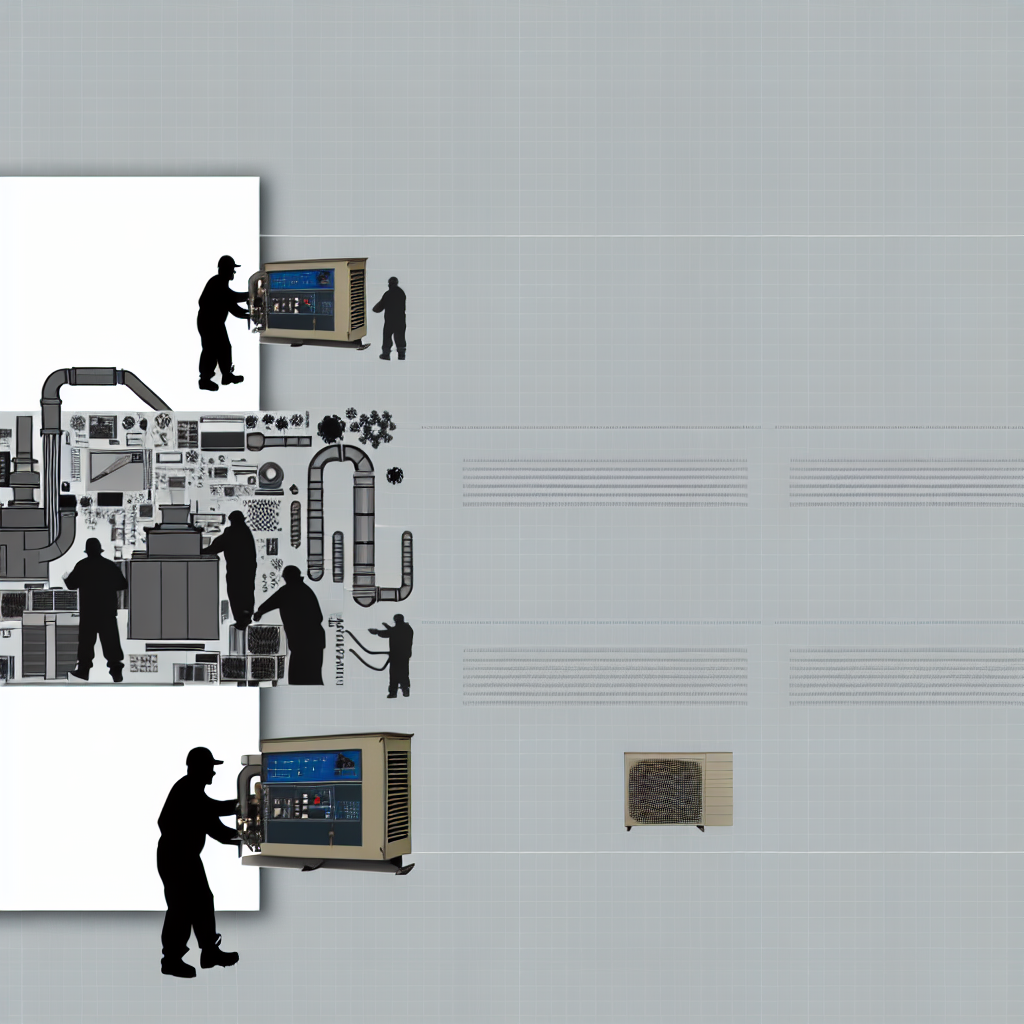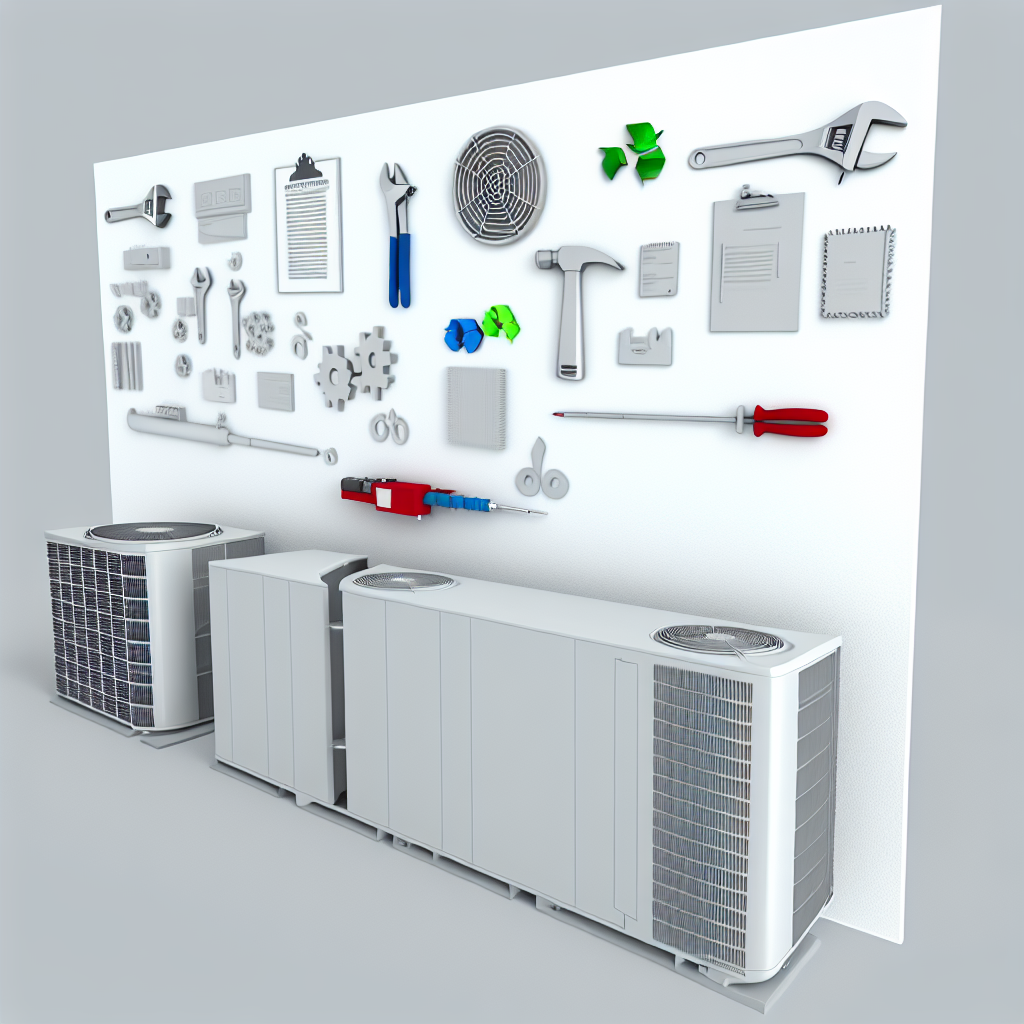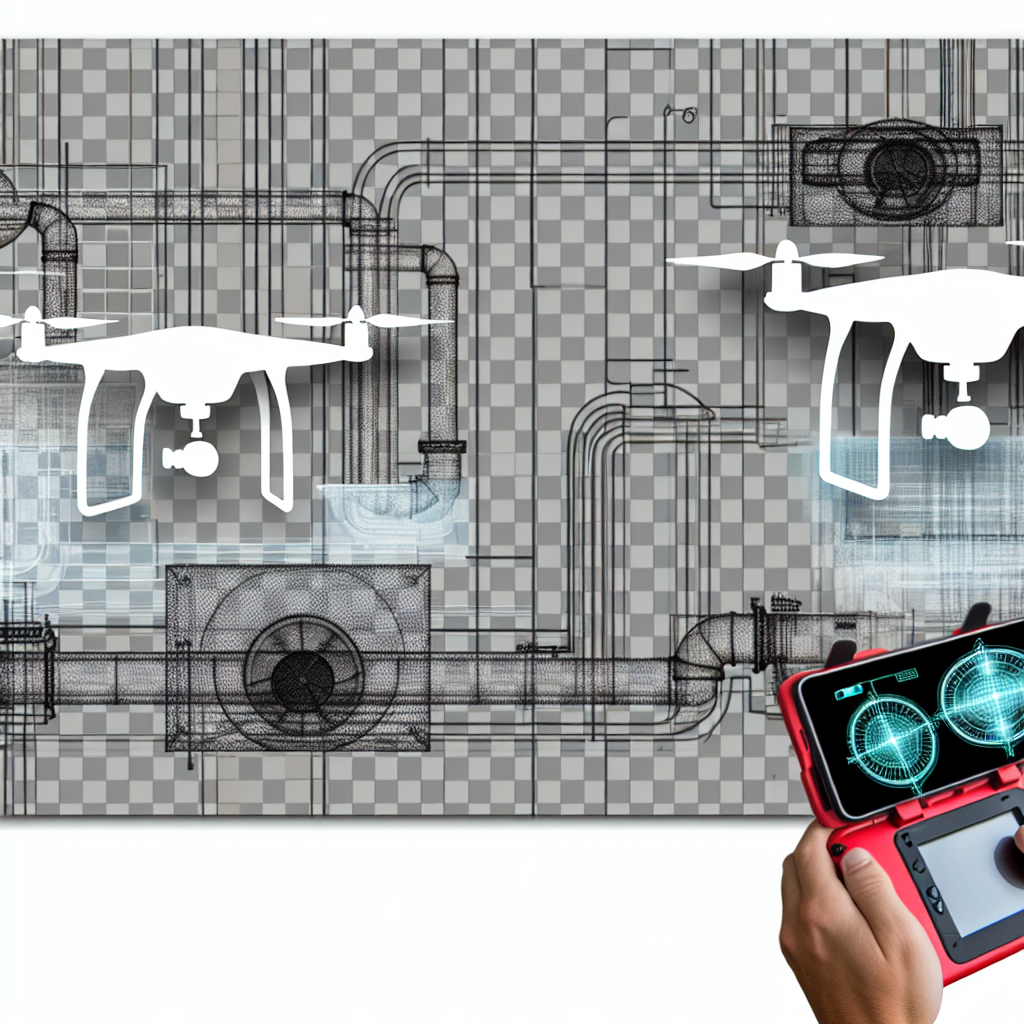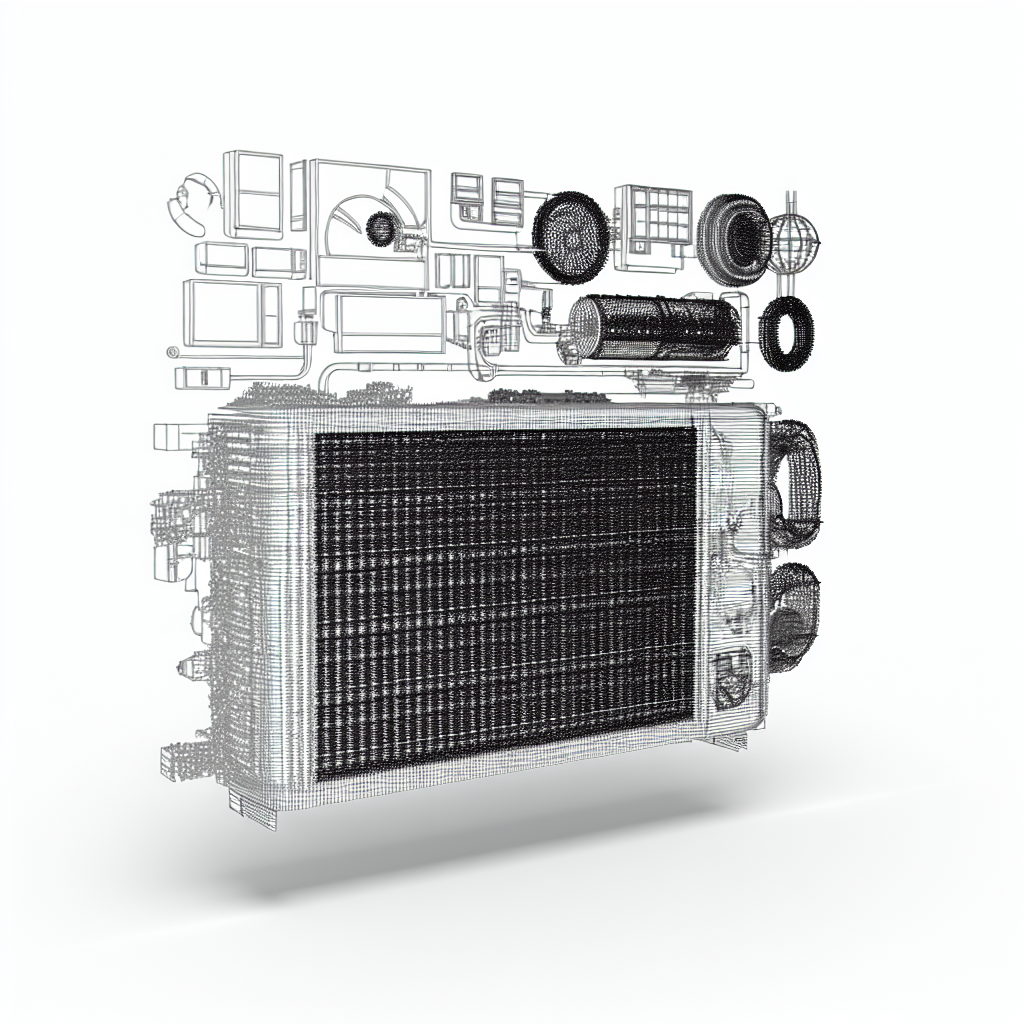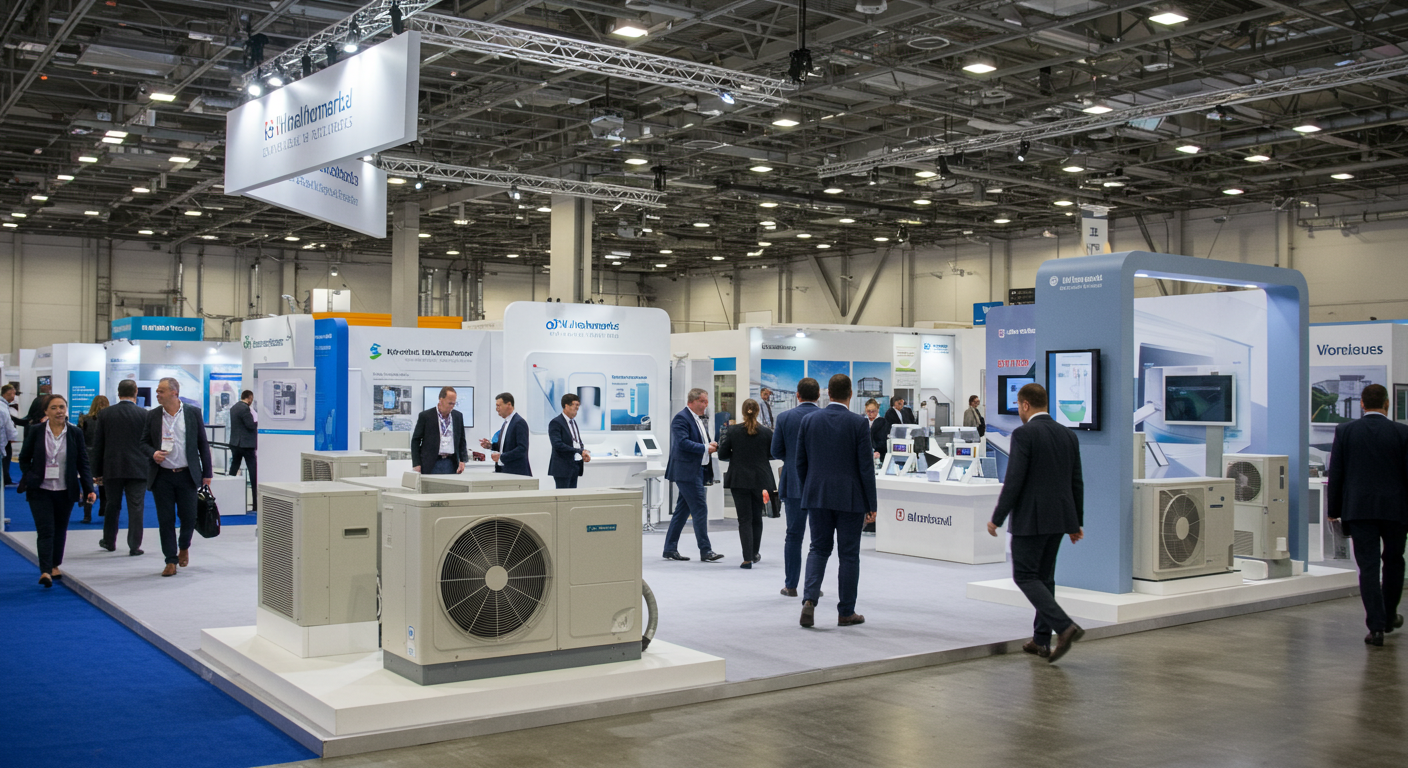Safety Protocols for Teams Working on High-Risk HVAC Installations
Hey there, HVAC professionals! As you know, working on high-risk HVAC installations is no walk in the park. It’s crucial to be aware of the potential hazards and prioritize safety to protect yourself and your team. In this post, we’ll dive into the essential safety protocols you should follow to minimize risks and ensure a safe working environment.
Understanding the Risks
Before we delve into the protocols, let’s take a moment to understand the risks involved. In 2021, installation, maintenance, and repair occupations, including HVAC, accounted for 475 fatal work injuries. This is nearly 10% of the total fatal work injuries reported in the U.S. The numbers are a wake-up call for all of us in the industry.
Among the critical hazards are electrical hazards, exposure to harmful substances, and falls, slips, and trips. These are common causes of injuries and fatalities, making it imperative for us to adopt stringent safety measures.
Key Safety Protocols
Implementing robust safety protocols is essential for minimizing risks. Here are some best practices to keep in mind:
- Proper Safety Gear: Always equip yourself with the right personal protective equipment (PPE). Rubber insulating pads, gloves, and safety glasses are a must to prevent electrical shocks and other injuries.
- Energy Isolation: Before starting any work, ensure that all power to the HVAC unit is isolated. Identify and test all circuits to confirm they are de-energized.
- High Reliability Organization (HRO) Principles: Adopt HRO principles such as sensitivity to operations, reluctance to simplify, and preoccupation with failure to improve safety outcomes.

Advanced HVAC Techniques and Tools
In 2025, technology is our ally. Smart diagnostic tools and innovative HVAC equipment, such as those from Ruud, can automate fault detection and diagnostics, improving both safety and efficiency. Consider integrating Ruud’s comprehensive range of smart thermostats, advanced monitoring systems, and energy-efficient units to enhance system oversight and reduce risks.

Ruud HVAC Equipment
Ruud offers a diverse selection of smart HVAC equipment, available through Mar-Hy Distributors, that is an excellent addition to your safety protocols. From intelligent thermostats like the Ruud Econet Series, which provide precise climate control and energy management, to high-efficiency air handlers and advanced ventilation systems designed for optimal airflow and indoor air quality, Ruud’s products ensure both safety and superior performance. Additionally, their advanced climate control solutions integrate seamlessly with existing systems, offering enhanced monitoring and automated adjustments to maintain ideal conditions. These tools not only reduce the risk of electrical and other hazards associated with HVAC installations but also contribute to long-term system reliability and customer satisfaction. Explore the full range of Ruud HVAC equipment here.
Conclusion
By prioritizing safety and integrating advanced tools, you can significantly reduce the risks associated with high-risk HVAC installations. Remember, safety should always be your top priority. Stay informed, stay equipped, and stay safe!
Call to Action: Ready to enhance your safety protocols? Visit Mar-Hy Distributors to explore the latest safety equipment and smart tools available for your HVAC needs.
FAQ
Q: What is the most significant risk in HVAC installations?
A: Electrical hazards are one of the most significant risks, involving live exposed wires and high-voltage equipment.
Q: How can I ensure the power is isolated before starting work?
A: Always identify and test all circuits to verify they are de-energized before beginning any installation or maintenance work.
Q: What are some general guidelines for being safe in an HVAC shop?
A: Ensuring safety in an HVAC shop is paramount to protecting both technicians and the integrity of the work environment. Here are some general guidelines to follow:
- Wear Appropriate Personal Protective Equipment (PPE): Always use the necessary PPE, including gloves, safety glasses, and protective footwear, to guard against potential hazards.
- Maintain a Clean and Organized Workspace: Keep tools and materials neatly arranged to prevent trips, falls, and accidental injuries. Regularly clean up spills and debris.
- Proper Tool Handling and Maintenance: Use tools correctly and ensure they are well-maintained. Inspect tools for damage before use and store them properly after each job.
- Follow Lockout/Tagout Procedures: Before performing maintenance or repairs, ensure that all equipment is properly shut off and cannot be inadvertently started.
- Adequate Ventilation: Ensure that the workspace is well-ventilated to avoid the buildup of harmful fumes, especially when working with refrigerants or other chemicals.
- Regular Safety Training: Participate in ongoing safety training to stay updated on best practices and new safety protocols.
- Use of Fire Extinguishers and First Aid Kits: Keep fire extinguishers and first aid kits readily accessible and ensure all team members know their locations and how to use them.
By adhering to these guidelines, HVAC professionals can create a safer working environment, reduce the risk of accidents, and enhance overall productivity.
Q: What are the five general guidelines you need to follow as an HVAC technician?
A: As an HVAC technician, following these five general safety guidelines is essential for maintaining personal safety and ensuring high-quality work:
- Always Wear Proper PPE: Equip yourself with gloves, safety glasses, respirators, and protective clothing to protect against electrical shocks, chemical exposure, and physical injuries.
- Implement Lockout/Tagout Procedures: Before servicing HVAC systems, ensure that all power sources are disconnected and locked out to prevent accidental startups.
- Maintain Clear Work Areas: Keep your workspace free from clutter to avoid trips and falls. Ensure that all tools and materials are stored safely when not in use.
- Use Tools and Equipment Correctly: Operate tools and machinery according to manufacturer instructions. Regularly inspect tools for wear and tear to ensure they are in good working condition.
- Stay Informed and Trained: Engage in continuous education and training to stay updated on the latest safety standards, technologies, and best practices in the HVAC industry.
Following these guidelines helps mitigate risks, enhances job efficiency, and promotes a culture of safety within the HVAC profession.
Q: What is the number one cause of death in the HVAC industry?
A: The number one cause of death in the HVAC industry is electrical hazards. Electrical accidents can occur due to exposed wiring, improper use of electrical tools, or failure to follow safety protocols such as lockout/tagout procedures. These hazards pose significant risks, including electrocution and severe burns, making it crucial for HVAC professionals to prioritize electrical safety through proper training, use of insulated tools, and adherence to established safety standards.
Q: What is required PPE for HVAC?
A: Personal Protective Equipment (PPE) is essential for safeguarding HVAC technicians against various workplace hazards. The required PPE for HVAC professionals typically includes:
- Safety Glasses or Goggles: Protect eyes from debris, chemicals, and other potential hazards during installation and maintenance tasks.
- Gloves: Use insulated gloves to prevent electrical shocks and protect hands from sharp edges, chemicals, and refrigerants.
- Protective Footwear: Wear steel-toed boots to protect feet from heavy equipment, tools, and potential falling objects.
- Respirators or Masks: Utilize appropriate respiratory protection when working in environments with poor ventilation or exposure to harmful fumes and particles.
- Hearing Protection: Use earplugs or earmuffs in noisy environments to prevent hearing loss from prolonged exposure to loud equipment.
- Hard Hats: Protect the head from falling objects, especially in crowded or high-traffic work areas.
- Coveralls or Protective Clothing: Wear durable clothing to protect the body from spills, splashes, and abrasions during HVAC installations and repairs.
By consistently using the required PPE, HVAC technicians can significantly reduce the risk of injuries and ensure a safer working environment.


